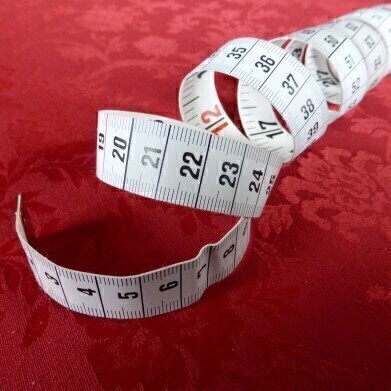Columns (GC)
How to Select Column Size
Oct 20 2022
Columns are a vital piece of equipment for any chromatography analysis – and their size is one of the most important factors when choosing the right column. So, how do you go about selecting column size? Read on as we explain…
Why does column size matter?
Size doesn’t always matter in science, but it certainly does for chromatography columns. That’s because the size of your column will affect how particles move through it, the volume of those particles required, and how reactions occur within the column.
To give you a broad idea, narrower columns have higher sensitivity. They also require a smaller sample size and less solvent. On the flipside, a wider diameter for your column means a bigger sample is needed with more solvent and less sensitivity in the analysis.
In terms of length, shorter columns will reduce the overall analysis time as it takes less time for solutions to move through them. As with a narrow column, they reduce solvent use too. As you’d expect, longer columns have the opposite effect – increasing both duration and solvent use.
All of that said, it’s also important to consider back pressure. Machines and columns are only capable of so much pressure. The longer and narrower a chromatography column, the more pressure that will be required to push the mobile phase through.
So, which column size do I need?
Ultimately, your choice of column depends on various factors like the number of particles you’re using. One piece of advice is to choose a column size for which your silica fills between a third and a half of its volume. In this case, the specific diameter and length may not matter – as a long, narrow column could have the same volume as a short, wide column.
Another factor is the type of analysis being undertaken. Columns that are less than 50mm in size are better for fast separations and screening, while those upwards of 250mm are better for high-resolution separations.
Looking at diameter, 4mm and 4.6mm columns are some of the most commonly used. If you’re looking for higher sensitivity, a narrower column of 2.1mm, 1mm or even less will be suitable.
What happens if you use the wrong column size?
There are a number of problems that can occur when the wrong column size is selected. These include too much back pressure for your system to handle, excessively long run time for analysis, or poor resolution in your results.
Another is dispersion. That’s the broadening of peaks between the injector and detector (outside of the column’s packed bed), which is detrimental to resolution. This issue is discussed in more detail in the article ‘Practical Impact of Dispersion on Fast Chromatographic Separations’.
Events
Apr 22 2025 Kintex, South Korea
Analytica Anacon India & IndiaLabExpo
Apr 23 2025 Mumbai, India
Apr 27 2025 Portland, OR, USA
May 11 2025 Vienna, Austria
May 18 2025 Tempe. AZ, USA














